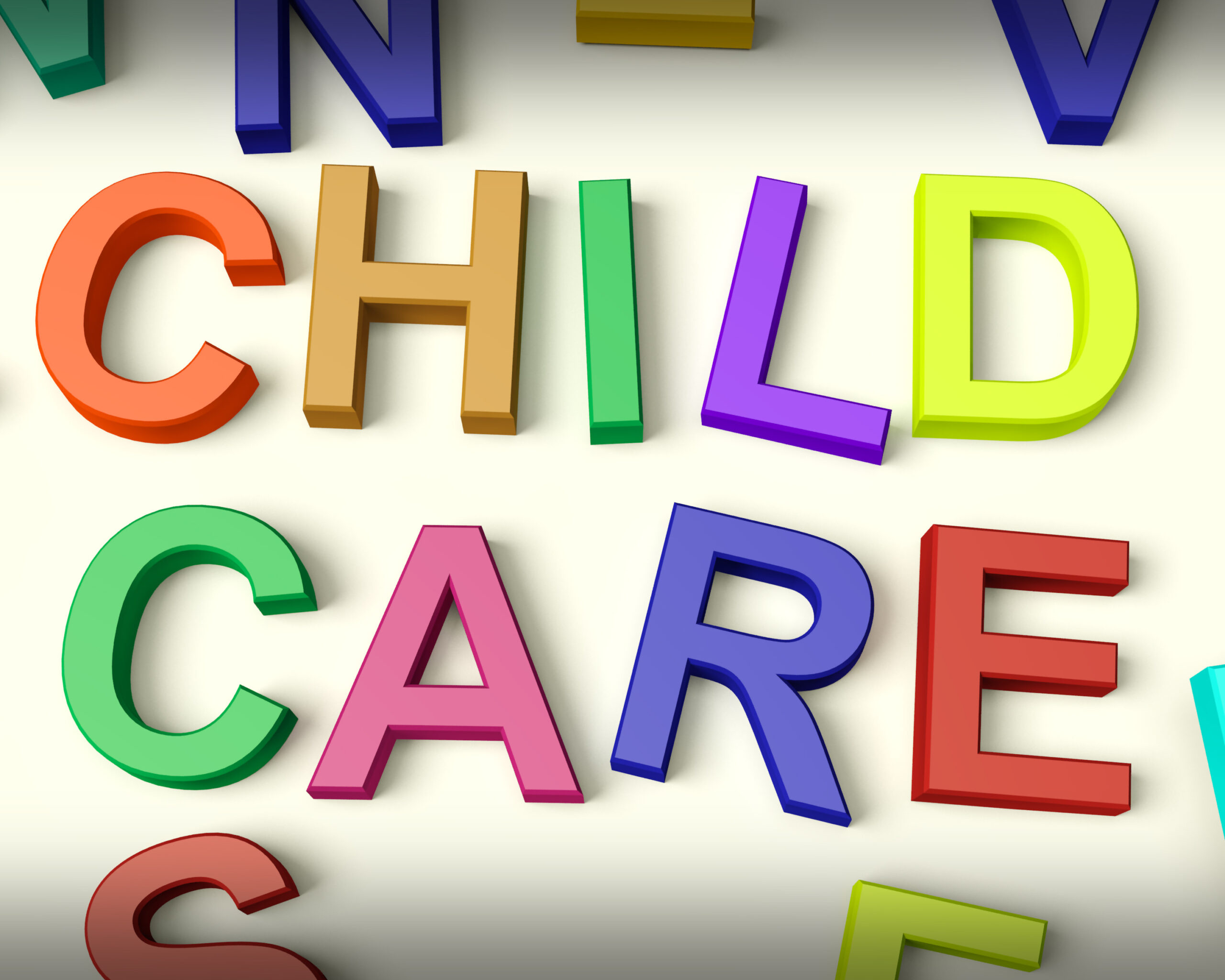The biennial storm of the 2025 legislative session was still forming back on Feb. 18 when members of the Assembly and Senate met for a budget hearing to learn the bad news from the Department of Health and Human Services (HHS).
Little did those in attendance know that they might have been experiencing the best of times.
With daily chaos from the White House spreading economic uncertainty worldwide, the largesse of the Biden administration ending, and Nevada still dealing with the nation’s highest unemployment rate, there must have been a lot on the minds of lawmakers and Division of Welfare and Supportive Services Administrator Robert Thompson and his staff.
In Carson City, Gov. Joe Lombardo’s high-wire walk between fealty to President Donald Trump and commonsense policy would impress the Flying Wallendas. With Trump’s tariffs already taking their toll on the economy, my guess is his man in Carson City’s not finished walking that wire.
Make no mistake. This brewing economic crisis is being manufactured by the administration. We’re now punishing economic partners, which rewards our enemies.
As the stock market plummeted Thursday morning, Bloomberg.com somberly noted, “The new tariffs will increase the average US rate above 20%, potentially leading to a global recession, and will test the resilience of the US economy.” Reporting also indicates citizens from the president’s tariff targets are increasingly apprehensive about vacationing in the U.S. Tourism Economics says it estimates foreign travel to decrease by 9.4 percent this year. Imagine what that will mean to Nevada’s economy.
But I couldn’t help thinking about that February meeting.
HHS officials spoke of the more than 300,000 Nevada children expected to access the state’s summer food assistance program with the number anticipated to rise to 350,000 in the coming fiscal year. The need is great and growing.
The need for affordable child care is growing, too. But its availability is being slashed now that Biden-era COVID funding is drying up.
Nevada’s Child Care Development Program, which had provided services to more than 13,000 children, is slashing approximately 5,500 kids from its rolls. State Division of Welfare and Supportive Services Deputy Administrator Lisa Swearingen told legislators that approximately 250 a week were falling out of the program because the anticipated funds available are for only 7,500 recipients.
In the name of improving efficiency, HHS officials noted they were taking charge of supervision of the Southern Nevada end of the program from the Las Vegas Urban League. They were also asking for funding for extra personnel, a fraud analyst and a new computer system — again, out of a need to improve efficiency.
In the name of transparency, perhaps they might also have admitted that the Urban League was strapped with using a faulty and error-prone computer system to process the program. As the old system sputters along, the state plans to send out a request for proposal for the new system.
Much of the hearing was devoted to the discussion of the potential for gaming the system. As the state was busy cutting child care for working families and preparing for an increase in food access to poor children, the idea of fraud was on several minds. Thus, the so-called need for a tech-savvy fraud analyst and the state’s new participation in a federal income verification system and the National Accuracy Clearinghouse to prevent duplicate benefits and the unqualified from receiving relief.
“We are seeing an increase in fraud attempts and fraud that is being completed,” Thompson said. “We are seeing people using AI to create incorrect paycheck stubs or identification. … So we do anticipate that need going forward. We do anticipate the fraud attempts increasing. We’re having trouble keeping up with the technology; people who are less than honest are coming out with technology faster than we are keeping up with it.”
That’s serious, but Thompson indicated that those who imagine widespread fraud perpetrated by actual recipients might be disappointed by the facts.
“While fraud is very important, and while we are addressing fraud every day, I do not want to make it sound like that fraud is a widespread issue within the agency,” Thompson said. “It’s a small percentage, but with a caseload of our size a small percentage can add up to a large amount of money.”
He said his data shows that 97 percent of recipients apply truthfully. The substantive fraud comes through fake accounts and food-stamp traffickers.
I bring up that meeting because it’s bound to be forgotten in the days ahead. But it reflected the reality on the ground in many working Nevada households that balance basic necessities with the cost of child care. You can bet affordable child care has an impact on the unemployment rate.
In Nevada, the need for affordable child care is staggering. With more than 182,000 children younger than 5, statewide capacity for care is 31 percent of what’s needed.
Every reasonable person in the room that day probably knew all that, but what was there to do? One step forward, two steps back. That’s the Nevada way.
It’s no longer February. We’re well into the part of the legislative session when economic realities butt heads with political priorities. But the belt-tightening has already begun, and the smallest belts are being tightened most.
The current economic storm is still building, but we already know into whose lives the rain will fall hardest.
John L. Smith is an author and longtime columnist. He was born in Henderson and his family’s Nevada roots go back to 1881. His stories have appeared in New Lines, Time, Readers Digest, Rolling Stone, The Daily Beast, Reuters and Desert Companion, among others.

